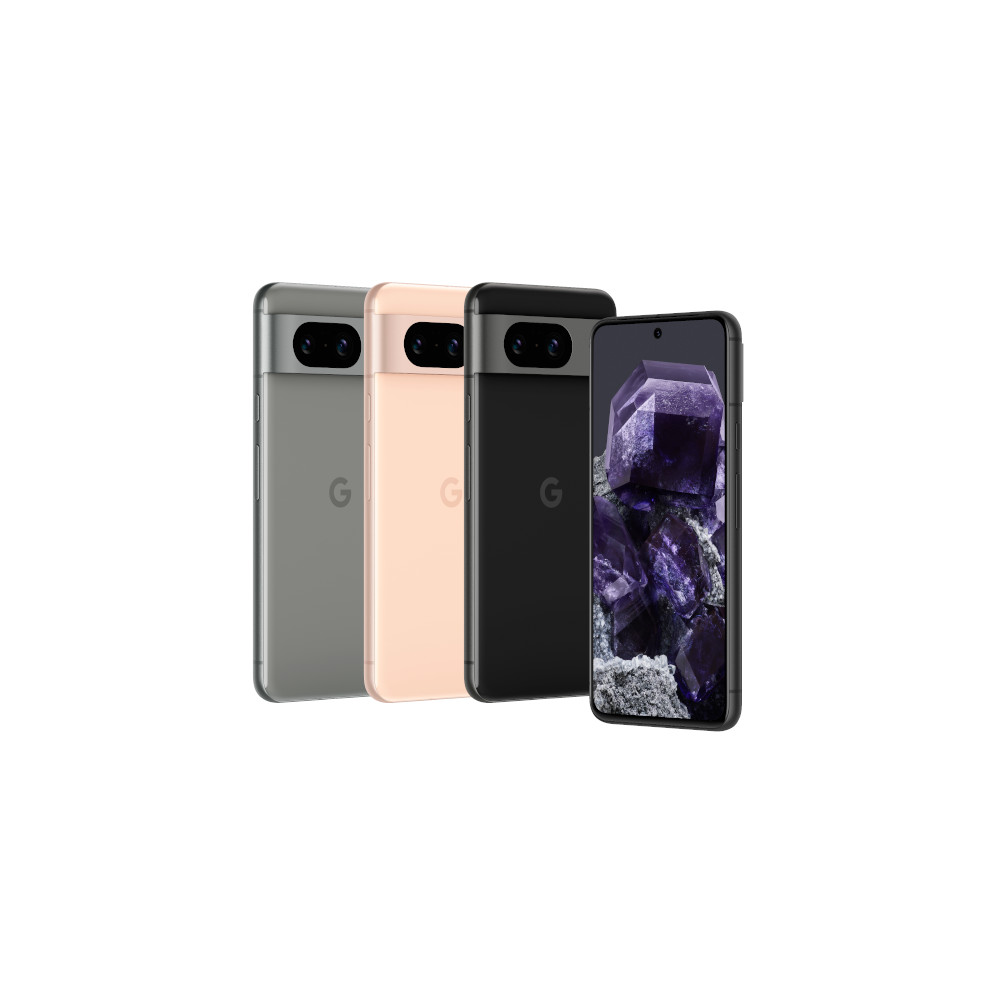Affiliate links on Android Authority may earn us a commission. Learn more.
Google Pixel 8 cameras: Specs, features, and more
Published onNovember 6, 2023
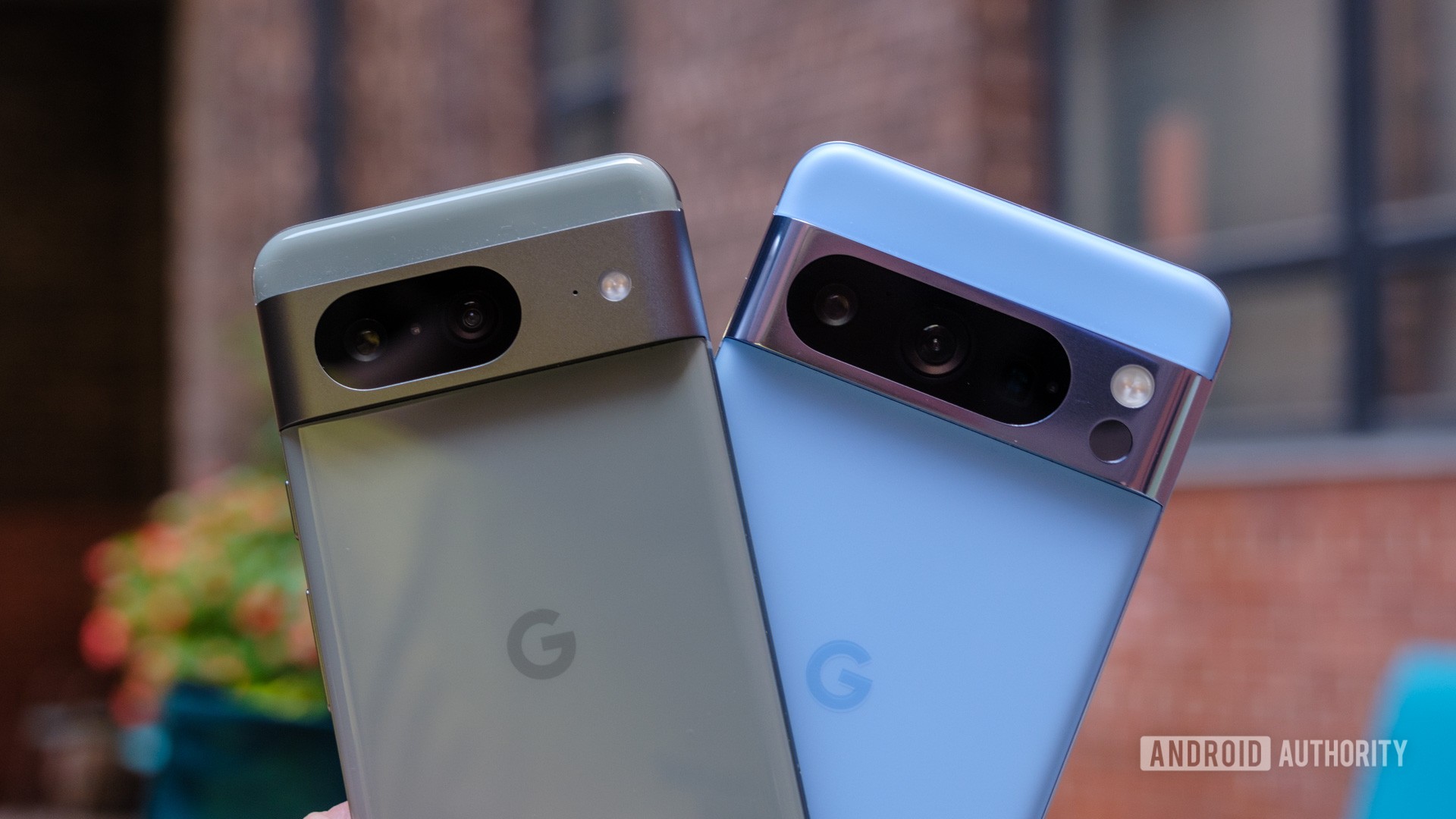
When you think of a Google Pixel device, you probably think of a few things: clean software, frequent updates, and Google Assistant hiding in every last corner of the phone. However, there’s one feature you probably think of before the rest — the cameras. Google practically built its Pixel brand on powerful image processing, often choosing software tweaks over upgrading the camera sensors. Those days are behind us. Now, Google’s flagships have the hardware chops to match their lofty software skills, and here are all of the new Google Pixel 8 camera features to know about.
Google Pixel 8 and Pixel 8 Pro camera: Hardware features
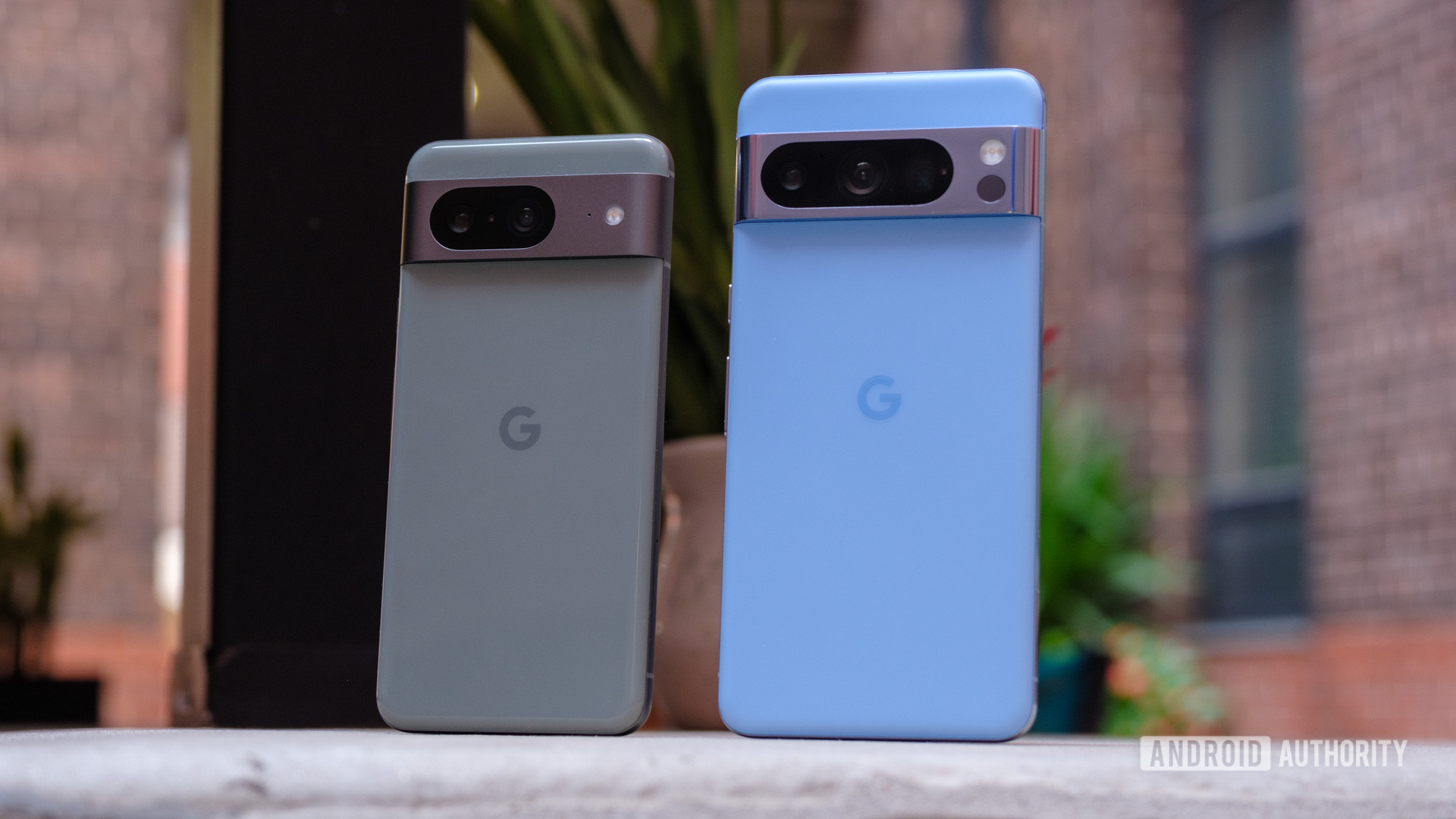
Google’s strength still lies in its Tensor G3-powered software, but we’re not here to eat dessert first. Instead, we should probably start with the updated sensors on both the Pixel 8 and Pixel 8 Pro. The latter picked up more upgrades than the former, but both devices have a few tweaks in store. Take a quick look at the table below for the hardware basics before we jump into the specifics.
| Google Pixel 8 | Google Pixel 8 Pro | |
|---|---|---|
Wide | Google Pixel 8 - 50MP sensor - 25mm equivalent - f/1.7 aperture - 1.2µm pixels - Dual-pixel PDAF - OIS | Google Pixel 8 Pro - 50MP sensor - 25mm equivalent - f/1.7 aperture - 1.2µm pixels - Dual-pixel PDAF - OIS |
Ultrawide | Google Pixel 8 - 12MP sensor - f/2.2 aperture - 1.25µm pixels - 126-degree FoV - AF | Google Pixel 8 Pro - 48MP sensor - f/2.0 aperture - 0.7µm pixels - 126-degree FoV - Dual-pixel PDAF |
Telephoto | Google Pixel 8 N/A | Google Pixel 8 Pro - 48MP sensor - f/2.8 aperture - 0.8µm pixels - 5x optical zoom - Dual-pixel PDAF - OIS |
Selfie | Google Pixel 8 - 10.5 MP sensor - f/2.2 aperture - 20mm equivalent - 1.22µm pixels | Google Pixel 8 Pro - 10.5 MP sensor - f/2.2, aperture - 20mm equivalent - 1.22µm pixels |
Let’s start with the Pixel 8, mainly because it didn’t receive as much camera love as its Pro-level counterpart. Google’s base-level flagship is still one of the best phones you can buy, and it packs the same 50MP primary sensor as its predecessor, though it offers a slightly wider maximum aperture of f/1.7 instead of the Pixel 7’s max of f/1.9. This means the Pixel 8 should be more capable in Night Sight situations, allowing more light to hit the sensor. The Pixel 8 still tops out at 8x zoom, which Google calls Super Res Zoom, and supports single-zone LDAF focusing.
Google’s 50MP primary sensor is still paired with a trusty 12MP ultrawide camera, but it offers a much wider field of view than before. The Pixel 8 offers a 126-degree field of view — a significant bump from the previous 114-degree mark. Outside of the wider picture, however, the Pixel 8’s ultrawide sensor still offers the same f/2.2 maximum aperture as its predecessor. The Pixel 8’s primary camera also tackles 2x zoom, using a crop from the full sensor for optical-quality results.
The Pixel 8 grabbed a few small tweaks, but the Pixel 8 Pro now has a truly pro-grade setup.
While the Pixel 8 picked up a few nice camera updates, the real power lies in Google’s Pixel 8 Pro. It has a similar 50MP primary sensor to its more affordable counterpart, offering an identical maximum aperture for low-light performance. However, the Pixel 8 Pro’s sensor supports multi-zone LDAF instead of single-zone for quicker focusing. The Pro-grade Pixel also offers an upgraded ultrawide sensor, ditching the 12MP resolution. Google’s high-resolution 48MP ultrawide sensor bumps to a wider f/2.0 aperture for better low-light results. It also quad-bins ultrawide images to 12MP by default.
Of course, the Pixel 8 Pro’s camera bump has space for a third sensor — the 48MP telephoto. It’s similar to the previous Pixel 7 Pro’s telephoto lens in terms of resolution and default 5x optical zoom, but wider is the name of the game. Google shifted its Pixel 8 Pro from a 120mm equivalent sensor to 113mm and picked up a full stop of aperture brightness. The Pixel 8 Pro jumped from a maximum aperture of f/3.5 to f/2.8, lending extra punch to low-light results and offering a shallower depth of field for portrait shots. Despite its changes, the Pixel 8 Pro still tops out at 30x Super Res Zoom.
The last camera hardware tweak on the Google Pixel 8 and Pixel 8 Pro lies in the selfie camera. Both phones now sport identical 10.5MP punch hole sensors at the top of the display, a slight drop from the previous 10.8MP option. Google’s updated selfie shooter offers a slightly wider field of view, too, bumping from a 21mm equivalent to an even 20mm.
Now, on to the fun stuff — the Pixel 8 and Pixel 8 Pro camera software.
Google Pixel 8 and Pixel 8 Pro camera: Software features
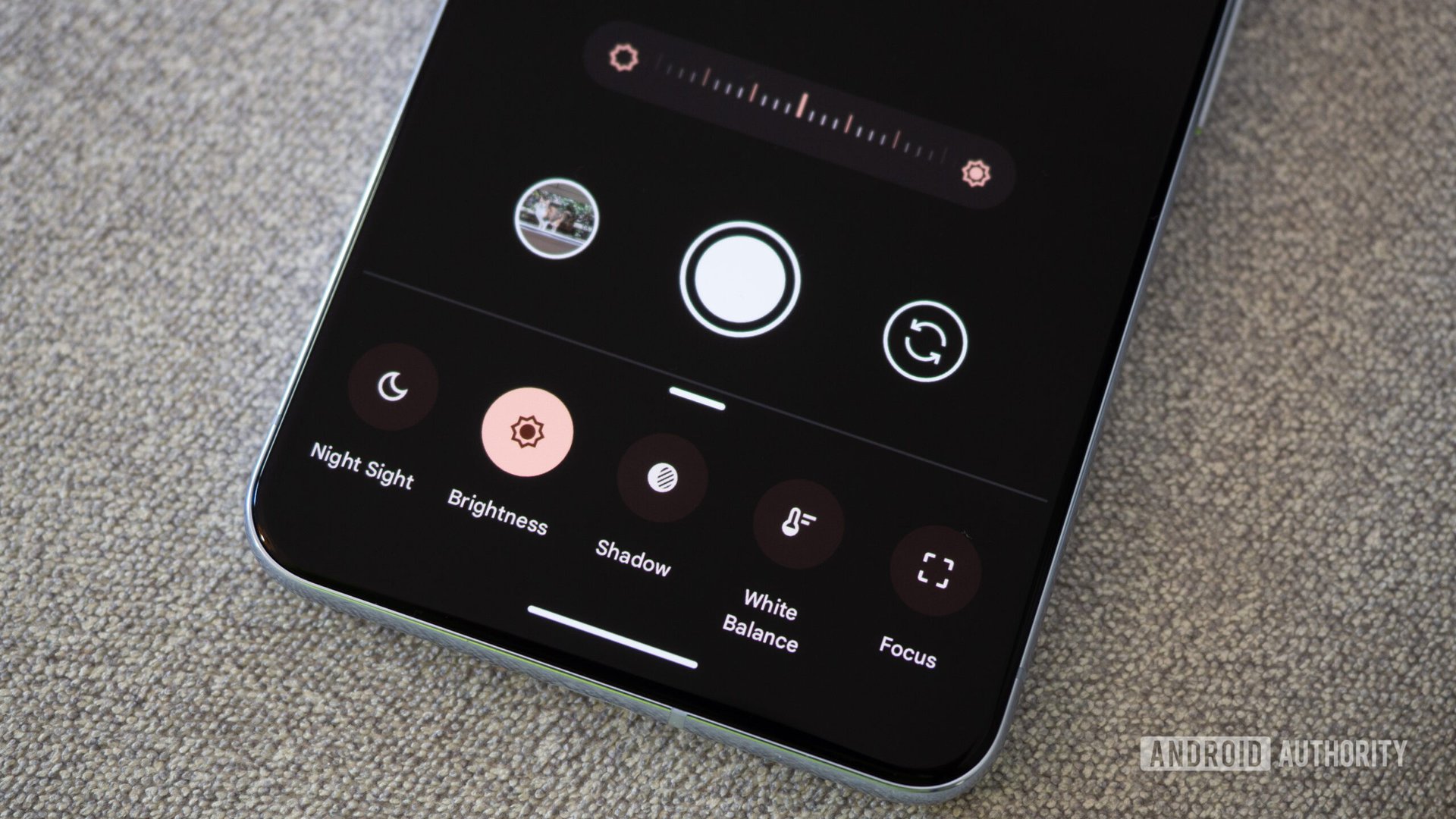
Alright, now that the hardware is out of the way, let’s get to the real star of the Pixel 8 camera — the software. It’s why many of us picked up a Pixel device in the first place, with some on our team still fondly remembering the powerful Pixel 3 series. Now, the Tensor G3 is enough proof that the Pixel can always learn some new tricks.
Google’s first new trick is a Pixel 8 Pro exclusive. For the first time on a Pixel device, you can take manual control over your images. After years of tapping the shutter button and trusting the phone to do the rest, the Google Pixel 8 Pro lets you manage granular tweaks like the shutter speed and ISO. The change comes with a slightly modified layout in the Pixel Camera app — one that’s proving slightly divisive for Rita, our resident Pixel camera expert — but beggars can’t be choosers. All of the Pixel 8 Pro’s camera controls lie in the bottom right corner of the app, hidden inside a small menu of sliders.
As for shooting modes, the Pixel 8 series supports everything the Pixel 7 did — and then some. Mainstays like Motion Mode, Cinematic Pan, Panorama, and Night Sight are back, but the base Pixel 8 finally supports Macro Focus through its ultrawide camera. Other new shooting options on the Pixel 8 and Pixel 8 Pro include astrophotography and improved Ultra HDR support.
Google's Tensor G3 is the powerhouse behind brand-new features like Magic Editor, Video Boost, and more.
Of course, the real upgrades come after you’ve pressed the shutter button, and they rely on a bit of help from the Tensor G3. Google introduced several new editing tricks with the Pixel 8 series, including the surprisingly controversial Best Take. It essentially lets you swap individual faces in a group shot to create a version where everyone is smiling. There are limits to Best Take — you have to take several photos in quick succession and it seems limited to around eight faces — but it works quickly and seamlessly in the right conditions.
The Pixel 8 series also introduces the next steps in Google’s Magic Eraser: Audio Magic Eraser and Magic Editor. You can still erase people and objects from photos or camouflage them away, but now the Pixel 8 series will help you to separate background noise from your subject in a video. The effect is similar to recording audio on a separate microphone and isolating it from a noisy city street. Magic Editor, on the other hand, is a step toward hosting Photoshop inside of Google Photos. It lets you replace the sky in certain scenes, or you can even erase entire crowds of people and use generative fill to replace them, like in the samples below.
The results are… not perfect yet, but it’s no less impressive to see Google push the Tensor G3 this far. Magic Editor also lets you pick out individuals in your shot and move them around or resize them within the image. It should then adjust the lighting and exposure on the subject you move — something often easier said than done.
In true Google fashion, some of the Pixel 8’s best camera tricks are still yet to come. Part of promising seven years of updates for the Pixel 8 series means that Google can perfect certain features before rolling them out. In this case, that means waiting until the end of 2023 to launch Video Boost. Video Boost is another Pixel 8 Pro exclusive feature, and it’s designed to process your videos frame-by-frame to boost them in the same way that the Tensor G3 boosts photos. It’s not quite as fast as the Tensor G3, though — Video Boost requires the Pixel 8 Pro to export your footage to a data center before returning a more polished product. The other piece of Video Boost is that the Pixel 8 Pro will support Night Sight Video, brightening your low-light clips and processing them to recover darker details.
Google Pixel 8 and Pixel 8 Pro camera: Sample images
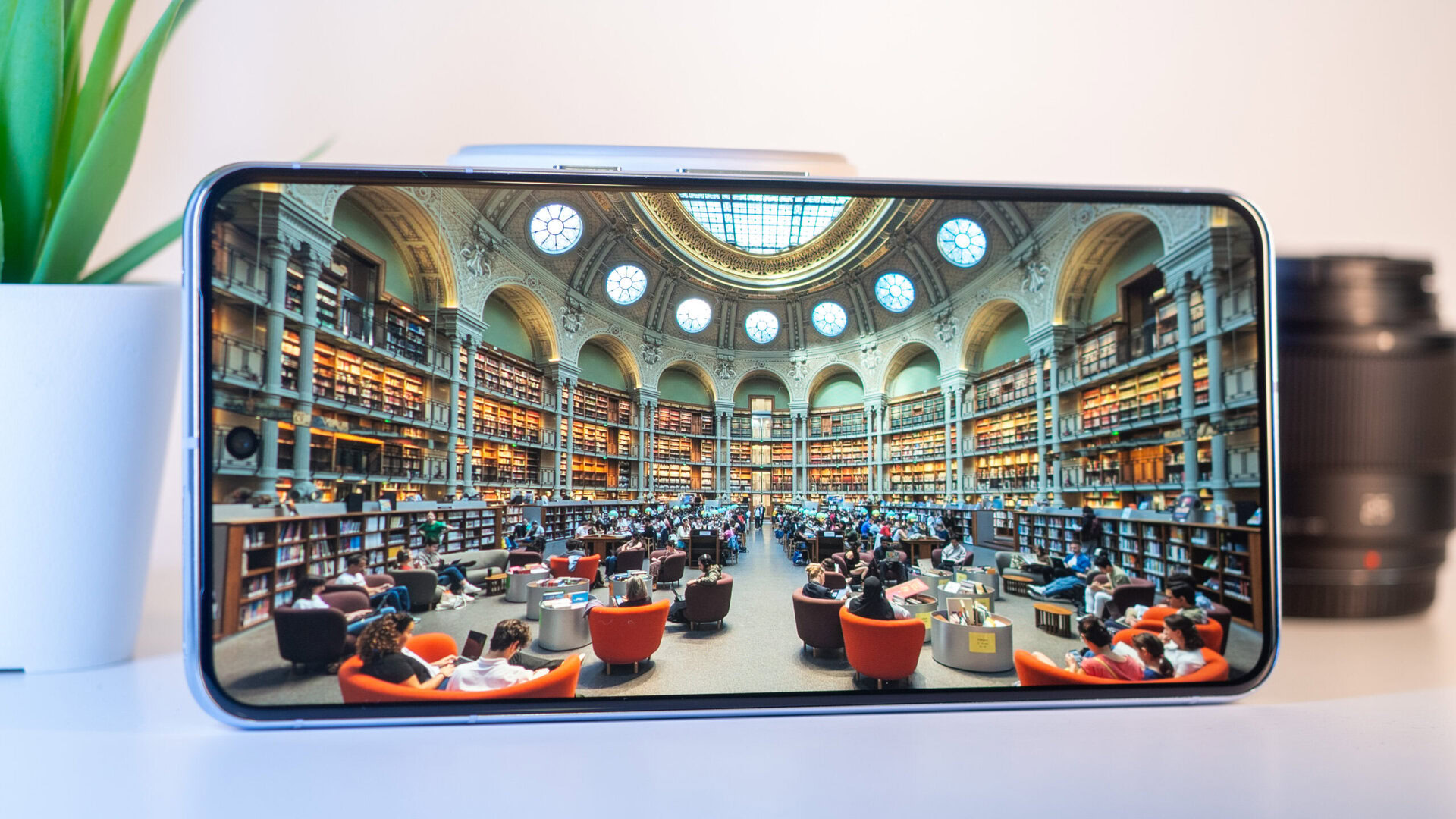
Now, the moment you’ve probably been waiting for — some sample images. We’ve included several camera samples in our Pixel 8 and Pixel 8 Pro reviews, but it doesn’t hurt to highlight them again. If this still isn’t enough, you can check out a massive gallery of nearly 200 photos taken around Paris with the Pixel 8 Pro.
Google Pixel 8 sample images
Google Pixel 8 Pro sample images
Google Pixel 8 cameras vs the competition
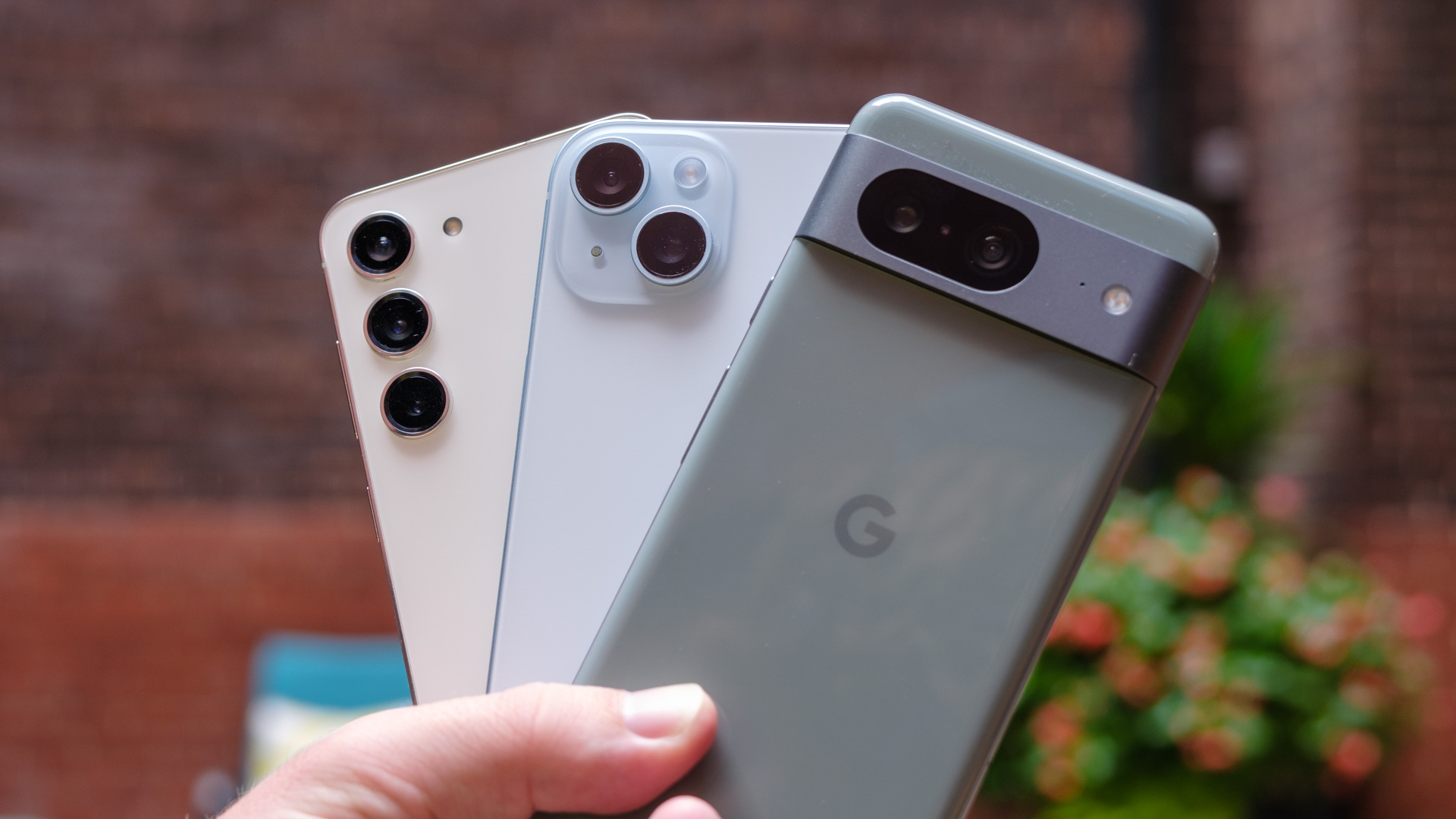
It’s safe to say that the Pixel 8 and Pixel 8 Pro are Google’s most capable cameras to date. They offer updated hardware and more software features than ever — one more cheer for manual controls — but how do they compare to the best camera phones on the market? Well, it depends on which Pixel you pick.
If you go for the Pixel 8, you’re getting the power of Google’s Tensor G3 but sacrificing a bit of overall flexibility. Its two-camera setup offers less zoom range than Samsung’s Galaxy S23 series or the OnePlus 11, but the editing tricks boost it above the best budget camera phones. Samsung and OnePlus also offer manual camera controls across their flagship lineups — something Google reserved for the Pixel 8 Pro.
Google's careful mix of hardware and software once again keeps the Pixel 8 series among the best camera phones you can buy.
Of course, what you give up regarding hardware flexibility, you make up for with software. The Pixel 8’s Night Sight is speedy and reliable, and introducing Macro Focus gives the 12MP ultrawide sensor a little more purpose. Apple’s iPhone 15 series offers a similar experience with two rear lenses and limited zoom range, though you might find a slightly smoother video shooting experience on iOS.
The Pixel 8 Pro, on the other hand, is a true flagship camera phone that can go toe-to-toe with the best of them. No, it doesn’t offer the remarkable 100x zoom of the Samsung Galaxy S23 Ultra, but it handles 30x Super Res Zoom better than most, hanging onto better details and colors thanks to the Tensor G3. Google’s Pixel 8 Pro also has no shortage of megapixels, preferring to bin its high-resolution shots instead of sporting 10MP or 12MP peripheral lenses like the Galaxy S23 Ultra or the iPhone 15 Pro series. Like the base Pixel 8, the Pixel 8 Pro relies heavily on its Tensor-powered editing tricks, with upcoming features like Video Boost and Night Sight Video to help it keep pace with the iPhone. Current features like Magic Editor also give the Pixel 8 series an edge, minimizing the need for an additional editing app like Snapseed or VSCO.
No matter which way you lean, we think that the Pixel 8 series offers the simplest, most straightforward camera experience on a smartphone. The option to tap the shutter and let the Tensor G3 do the rest makes it hard to get a bad shot, while the ability to exert manual control over the Pixel 8 Pro’s cameras gives it a new level of flexibility. You might find more flexible zoom on the Galaxy S23 Ultra or better video results with an iPhone 15 Pro, but Google has found the sweet spot between the two.
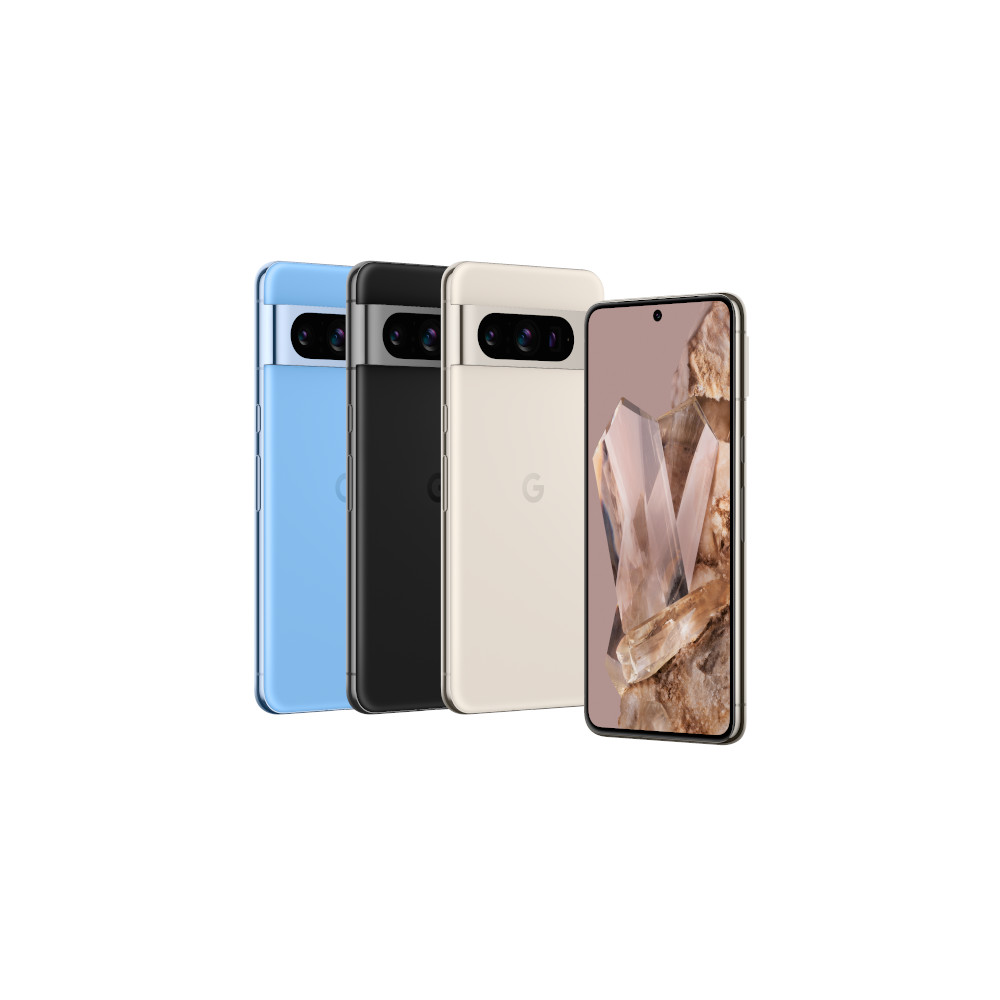
Fun, exclusive Android 14 customizations
Industry-leading update promise
